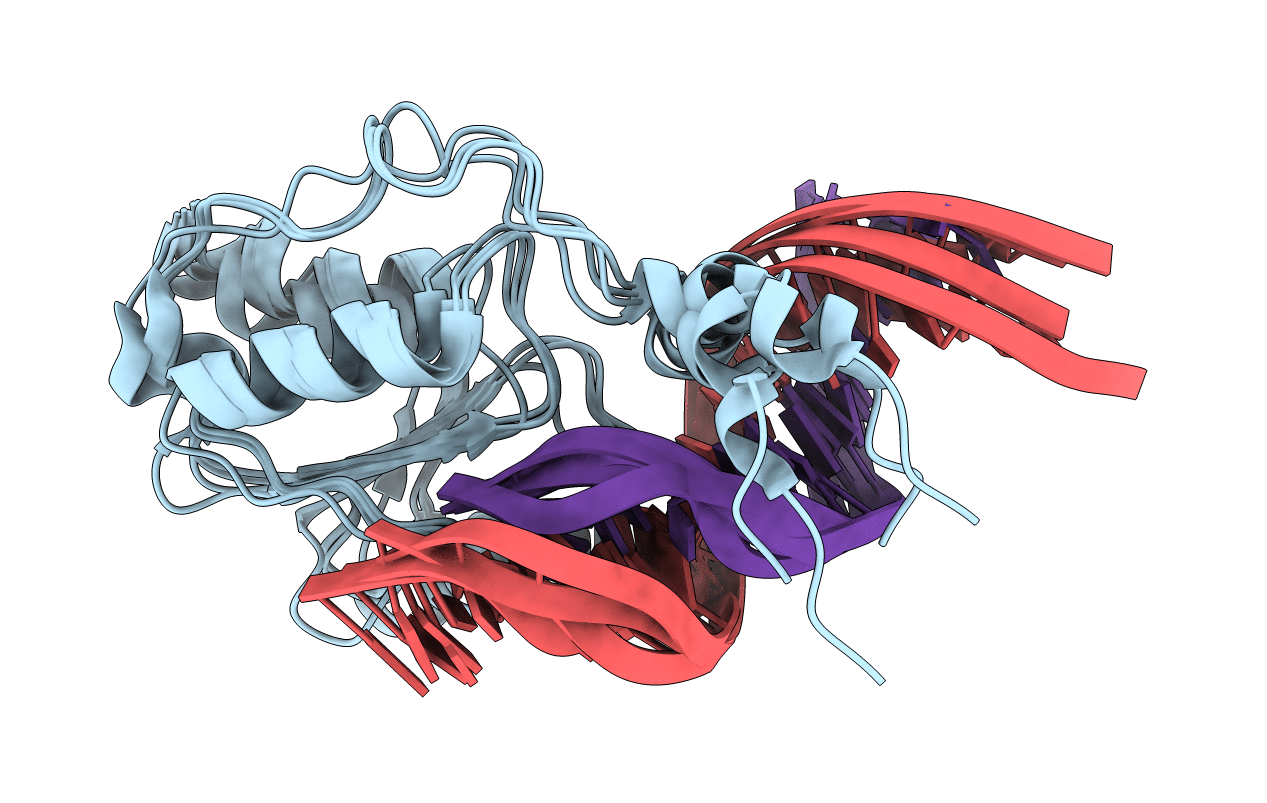
Deposition Date
2008-08-10
Release Date
2009-09-08
Last Version Date
2024-05-01
Entry Detail
PDB ID:
2K7F
Keywords:
Title:
HADDOCK calculated model of the complex between the BRCT region of RFC p140 and dsDNA
Biological Source:
Source Organism:
Homo sapiens (Taxon ID: 9606)
Host Organism:
Method Details:
Experimental Method:
Conformers Calculated:
200
Conformers Submitted:
4
Selection Criteria:
back calculated data agree with experimental NOESY spectrum


